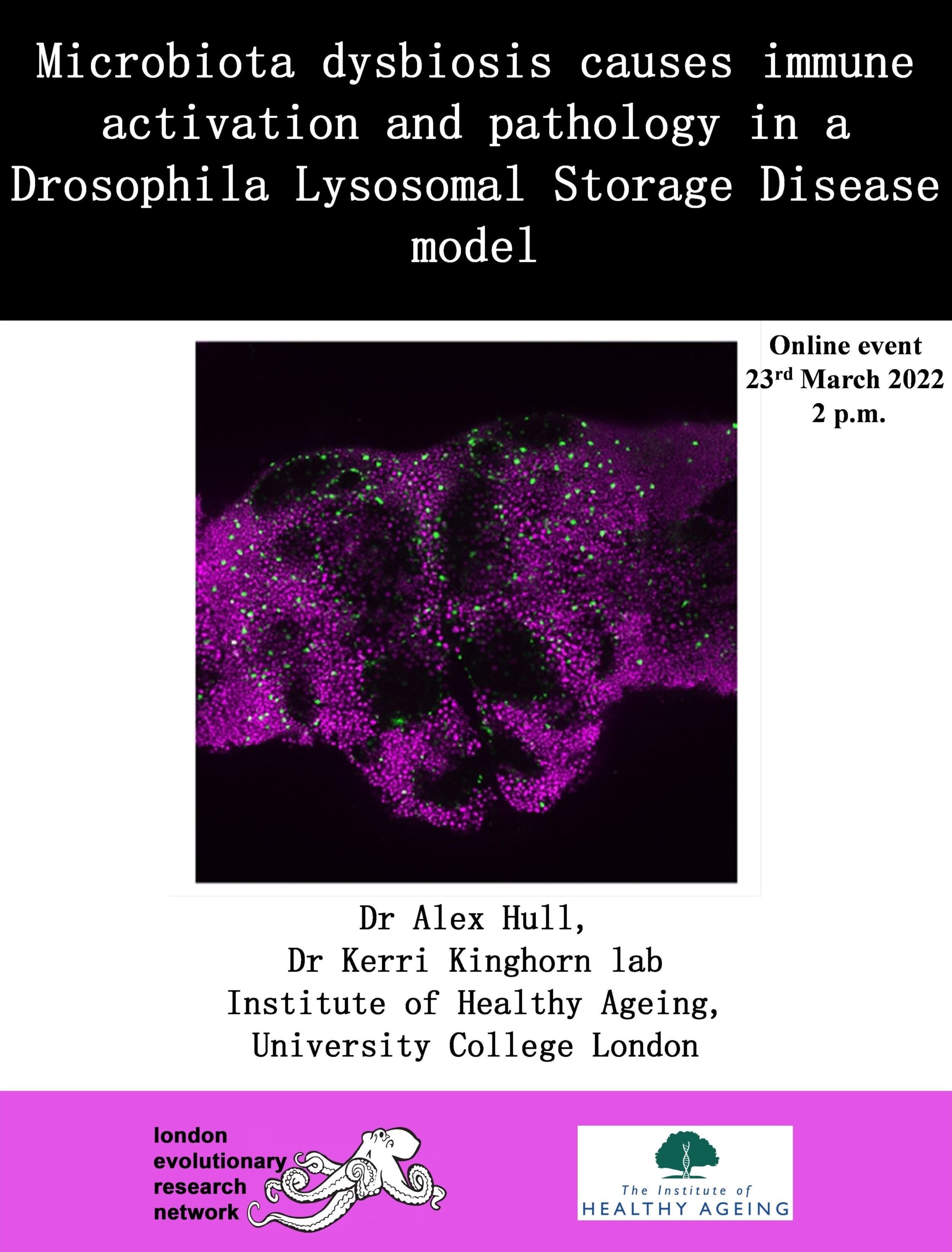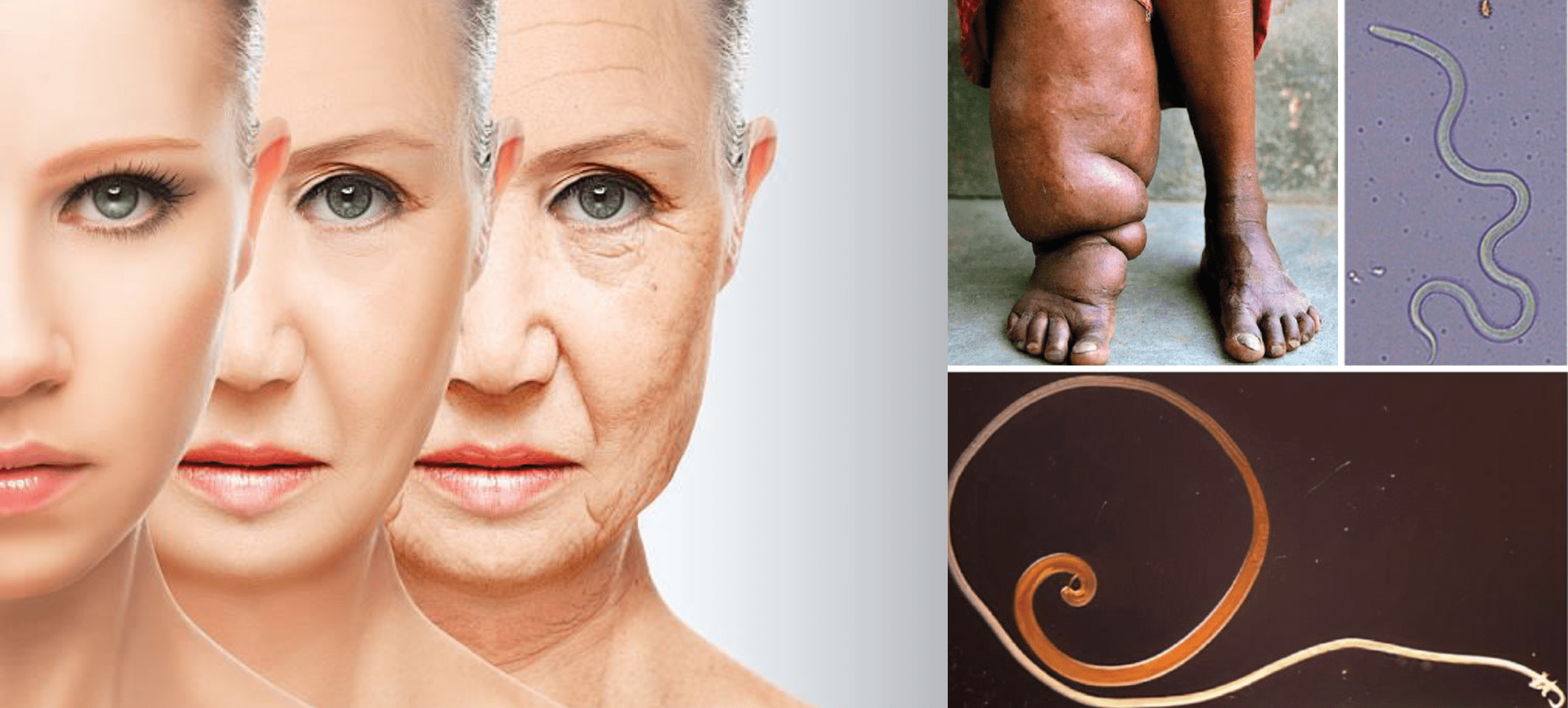Speaker: Dr. Andrea Dixon (Rothamsted)
Title: At the edge of the species: the effects of gene flow on fitness
Where: Medawar Building G02 Watson LT, UCL (Gower Street, London, WC1E 6BT)
When: 25th April 2017, 18:30
Abstract:
Species ranges that are distributed across environmentally heterogeneous landscapes can be constrained by the efficacy of natural selection at range edges. Constraints on adaptation in range edge populations may arise because of small effective population size or because of an antagonism between divergent selection and gene flow. Mimulus bicolor, is an herbaceous spring annual constrained to the Sierra Nevada Mountain range in California, USA. To understand if maladaptive gene flow or small effective population size limits the species’ range, we investigated if populations found at climatically divergent range edges and at the center of the range were locally adapted using a common garden experiment in climate-controlled chambers. We then assessed the consequences of gene flow into edge populations by comparing the fitness of hybrids to parents originating from the local edge environment. These common garden analyses were supported by coalescent analysis to estimate effective population size and gene flow between central and edge populations originating from the field. From the common garden experiment, our results suggest that the populations used in this study were not locally adapted and gene flow from central to edge populations increased hybrid fitness. In addition, edge populations were effectively smaller than central populations. Taken together, these results reject the hypothesis that the range limits reflect an antagonism between divergent selection and gene flow. The geographic distribution of M. bicolor, however, likely reflects the reduced efficacy of natural selection in effectively small populations inhabiting stressful range edge environments.





